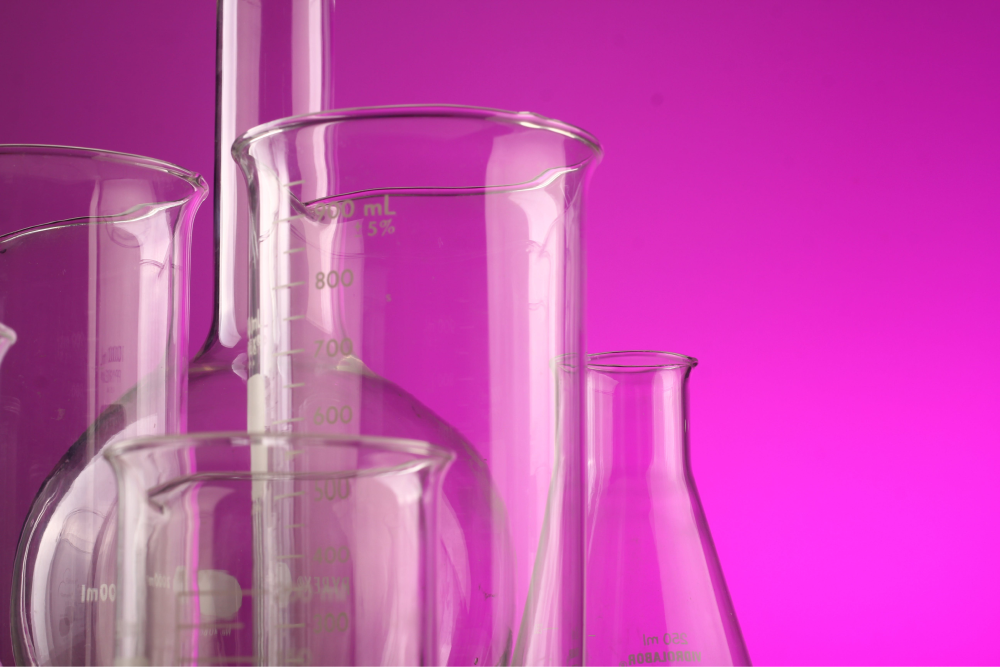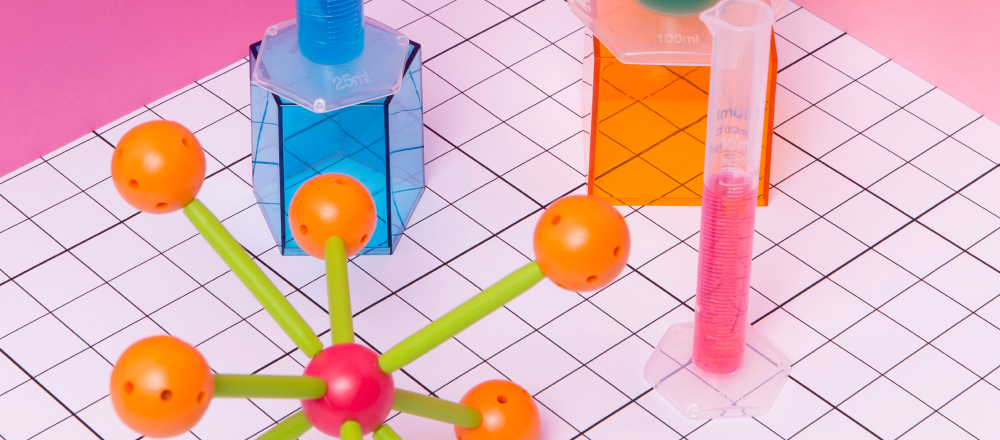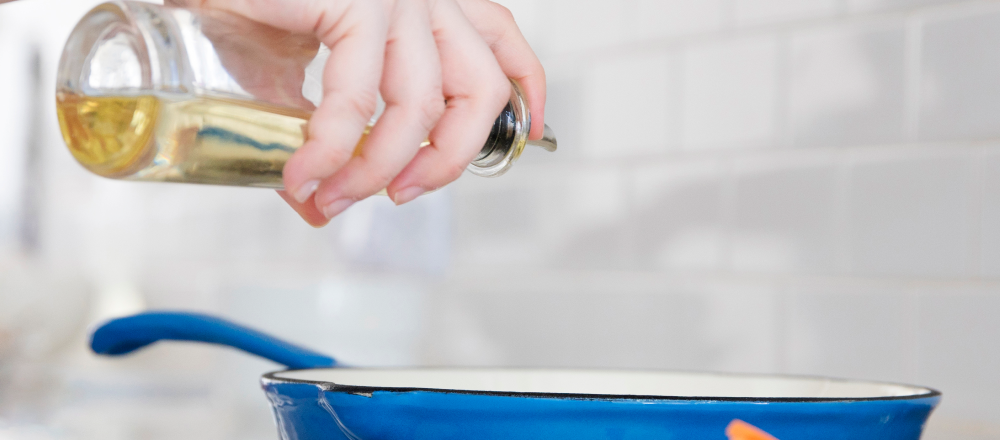
What are some common volume units used globally?
Here are some of the most common volume units used worldwide:
- Liter (L): The liter is the most widely used metric unit for volume. It is equal to one cubic decimeter (dm³) and is used in many countries around the world, including the United States.
- Milliliter (mL): The milliliter is a subunit of the liter and is commonly used to measure small volumes. It is equal to one-thousandth of a liter or one cubic centimeter (cm³).
- Gallon (gal): This is a common unit of volume used in the United States and a few other countries. The U.S. gallon is smaller than the UK gallon, and is equal to approximately 3.78541 liters.
- Cubic Meter (m³): The cubic meter is the SI unit for volume and is used globally. It is equivalent to the volume of a cube with edges measuring one meter.
These are just a few examples of the common volume units used worldwide. Different countries and industries may have their own specific units of volume that are commonly used.



